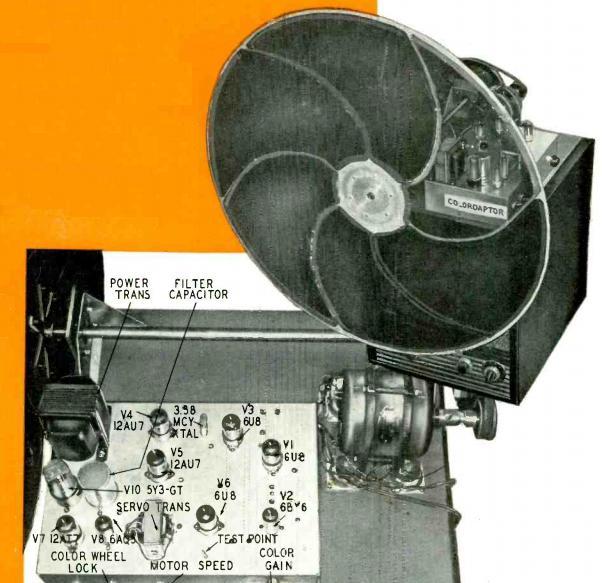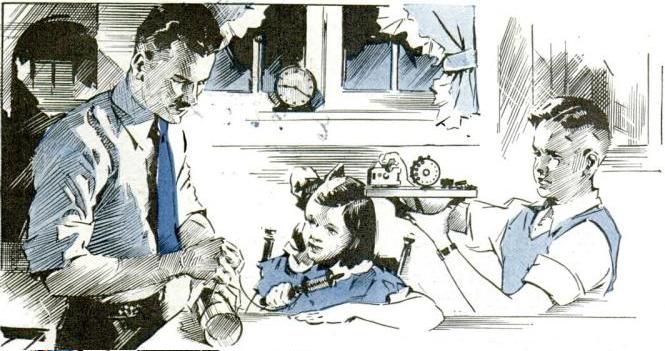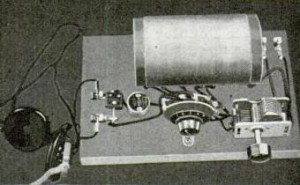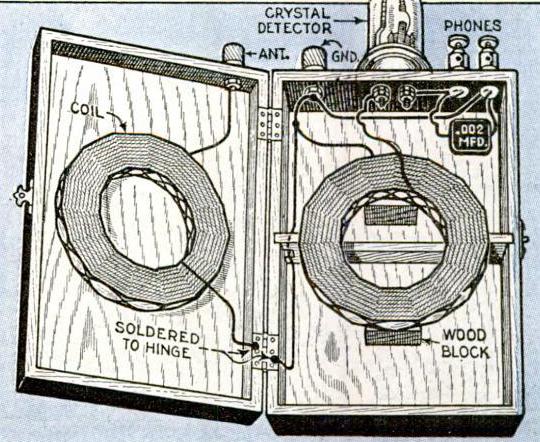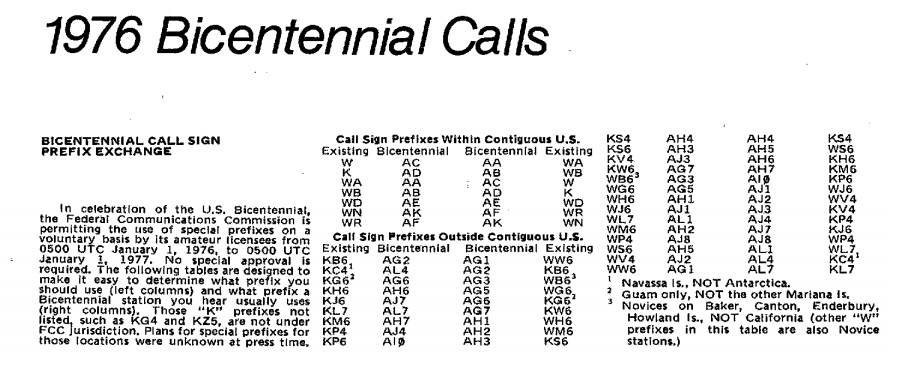
A few weeks ago, someone posted an interesting photo on the Old Minneapolis page on Facebook. That page is one of the best on Facebook, as every day it includes more fascinating photos. The most interesting photos are invariably of subjects that were mundane when the photo was taken. But with the passage of years, these mundane scenes are the most fascinating. Sometimes, the story behind the photo is included. Other times, the viewer is left to wonder what was going on in the picture and why it was taken.
The photo was of the interior of a North Minneapolis bar, and was apparently taken in 1965. One eagle-eyed netizen noticed behind the bartender a most interesting radio, the Grain Belt Talking Scoreboard, like the one shown at the top of this page. The set measures about 18 inches wide, and consists of a scoreboard brightly backlit with two old style Christmas tree bulbs, on which the bartender could write in the score for each inning with a grease pencil. Inside the case is a radio for pulling in the game for the benefit of the patrons.
The radio itself is a typical “All American Five” (AA5) superhet, using a miniature tube complement consisting of a 50C5, 12AV6, 12BA6, 12BE6, and 35W4. The front panel controls consist of the volume control and tuning capacitor.
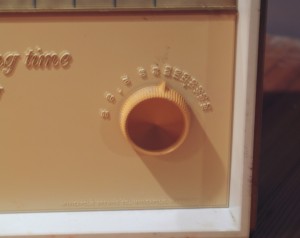 A sticker on the back identifies the device as a Talking Scoreboard, and admonishes that “this electronic advertising sign is the property of the Minneapolis Brewing Co. and is loaned with the understanding that it will be prominently displayed.” There’s no indication of who manufactured the set, although from the tube lineup and other parts, it appears to have been manufactured in the late 1950’s or early 1960’s. At first I didn’t see them, but the set does have the triangular CONELRAD markings at 640 and 1240 on the tuning dial, as are visible on the closeup here, This places the date of the set’s manufacture at pre-1963 when CONELRAD ended. A likely date for the set would be 1961, when the Twins came to town. However, the set is generic in that it’s not marked with the name of any team. Since Grain Belt was sold in other Midwestern states, it’s likely that it found use in taverns with loyalties to other teams. And apparently another version of the set was available with a football scorecard. You can find more discussion of the set at the antiqueradios.com forum.
A sticker on the back identifies the device as a Talking Scoreboard, and admonishes that “this electronic advertising sign is the property of the Minneapolis Brewing Co. and is loaned with the understanding that it will be prominently displayed.” There’s no indication of who manufactured the set, although from the tube lineup and other parts, it appears to have been manufactured in the late 1950’s or early 1960’s. At first I didn’t see them, but the set does have the triangular CONELRAD markings at 640 and 1240 on the tuning dial, as are visible on the closeup here, This places the date of the set’s manufacture at pre-1963 when CONELRAD ended. A likely date for the set would be 1961, when the Twins came to town. However, the set is generic in that it’s not marked with the name of any team. Since Grain Belt was sold in other Midwestern states, it’s likely that it found use in taverns with loyalties to other teams. And apparently another version of the set was available with a football scorecard. You can find more discussion of the set at the antiqueradios.com forum.
The set shown at the top of this page is owned by Chris Manuel of Brookfield, Wisconsin, who graciously gave me permission to use the photo. He reports that the loopstick antenna makes the set more directional than is common for AA5’s, most of which used a larger loop mounted at the back of the set. But presumably, the radio only had to tune one station, namely the one broadcasting the game. So once it was set in a suitable spot, the directional antenna wouldn’t be much of a hindrance. Perhaps the directional antenna even proved useful on occasion for nulling out a noisy neon sign.
Click Here For Today’s Ripley’s Believe It Or Not Cartoon

![]()

